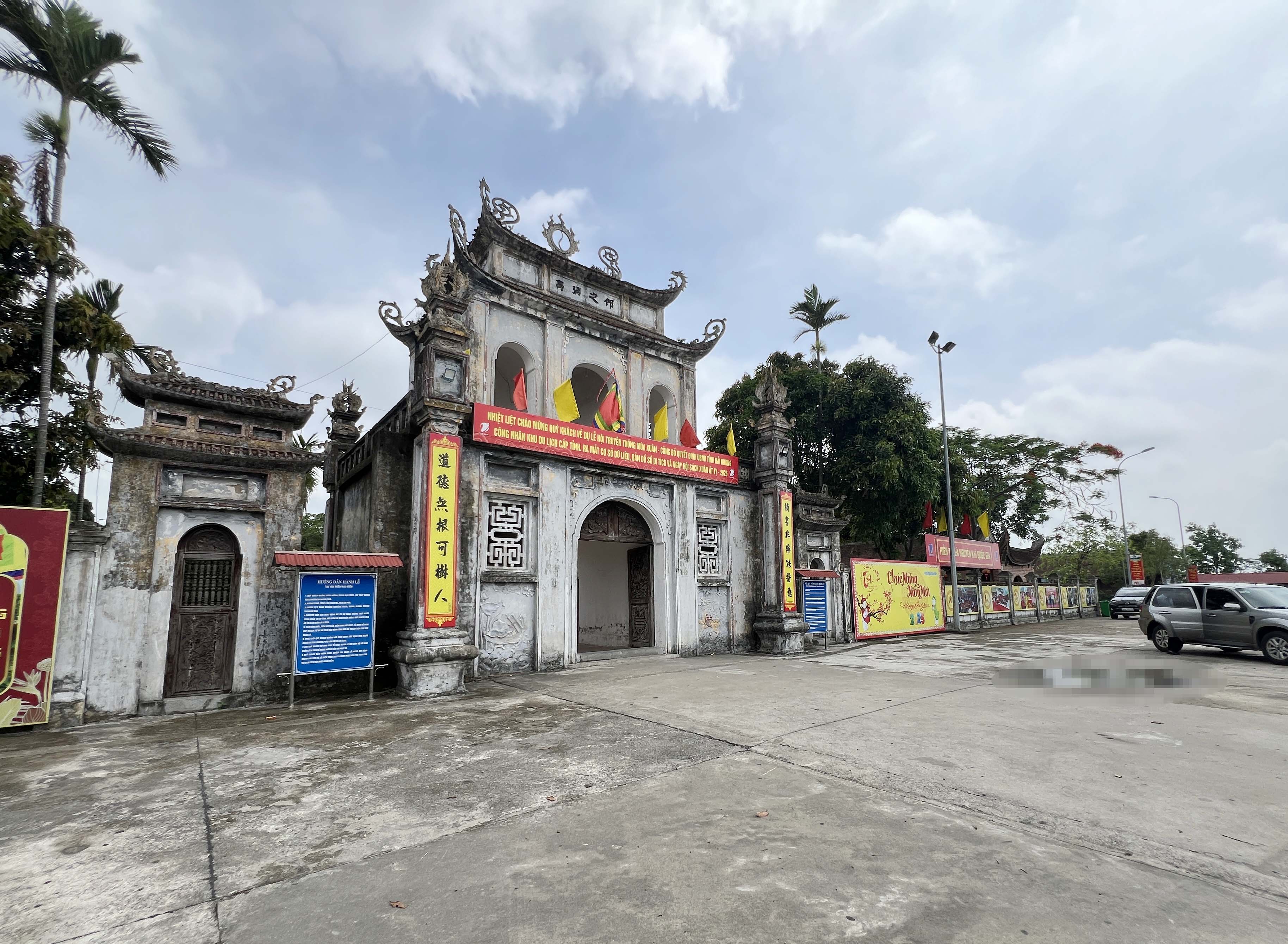 |
| Main gate of Mao Dien Temple of Literature |
I have been to Hai Duong several times, but it was only recently that I learned about and was fortunate enough to visit Mao Dien Temple of Literature. It was very surprising and interesting. I thought Hai Duong was a land famous for the Con Son - Kiep Bac relic; for lychee and green bean cake specialties, but unexpectedly this is also a land of literature, a great land of mandarin examinations of the country that I accidentally did not know about. It is really regrettable...
Mao Dien Temple of Literature is located in Mau Tai village (also known as Mao village), Cam Dien commune, Cam Giang district, old Hai Duong province (now Hai Phong city), next to National Highway No. 5, 15 km west of Hai Duong city. This is known as the second largest and oldest temple in the North, just after the Temple of Literature ( Hanoi ).
According to the introduced documents, Mao Dien Temple of Literature inherited and continued the ancient Hai Duong Temple of Literature, which was established around the Le Dynasty and Tay Son Dynasty (originally in Vinh Lai Commune, Duong An District, on the right bank of the Sat River). Around 1801, the Temple of Literature was moved to join the Huong Examination School of Hai Duong Town and was restored and repaired many times in 1807, 1810, 1823 under the Nguyen Dynasty. Originally, this was a large cultural center on an area of 36,000 square meters with many majestic and splendid works. Due to time, war and historical changes, many works in the Temple of Literature campus were damaged and seriously degraded. Until 1990, the relic "only had 2 buildings: Tien Te, Hau Cung, Dong Vu house, a stone bell, 1 ancient stone incense bowl and 3 stone steles (Nguyen Dynasty)" (information page of Cam Giang District People's Committee (old)).
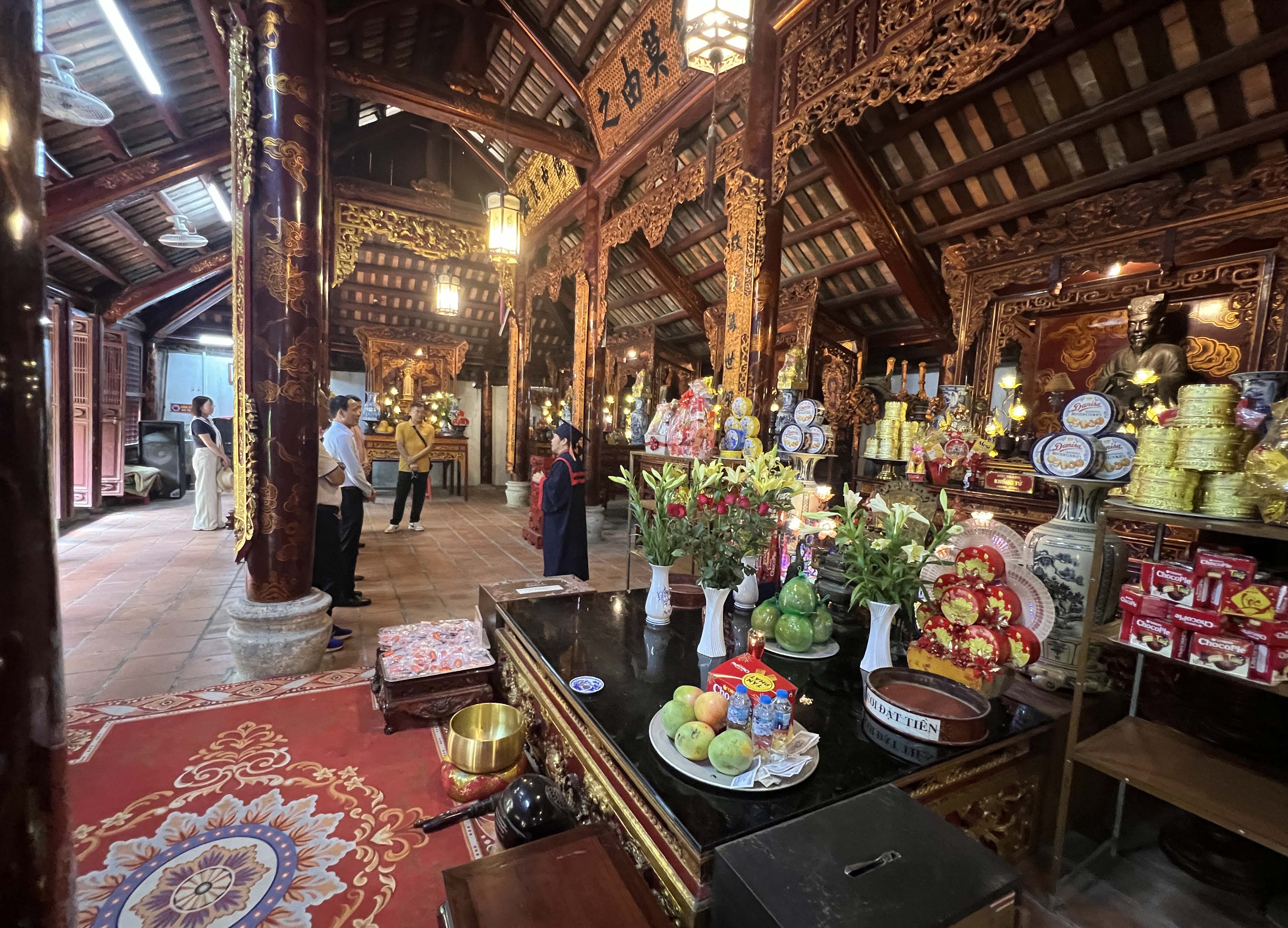 |
| Altars in the inner shrine |
After being recognized as a National Historical and Cultural Relic (1992), Mao Dien Temple of Literature received investment and restoration. By the end of April 2004, the restoration was completed, and the relic was restored to its former solemn and radiant appearance; becoming a large and important relic site of Hai Duong province (now Hai Phong city).
In the inner palace of the Rear Palace, in addition to the altar of Confucius as usual, Mao Dien Temple of Literature also worships 8 great Vietnamese scholars, including bronze statues of 5 famous people: Confucius; Rector of the National University Chu Van An; Two-country First Prize Winner Mac Dinh Chi; National Hero, World Cultural Celebrity Nguyen Trai; Trinh Quoc Cong Nguyen Binh Khiem. At the same time, tablets were erected for 4 famous people: Great Physician, Imperial Student Tue Tinh; Vietnamese Math God Vu Huu; Imperial Inspector Pham Su Manh; Nghi Ai Quan Nguyen Thi Due.
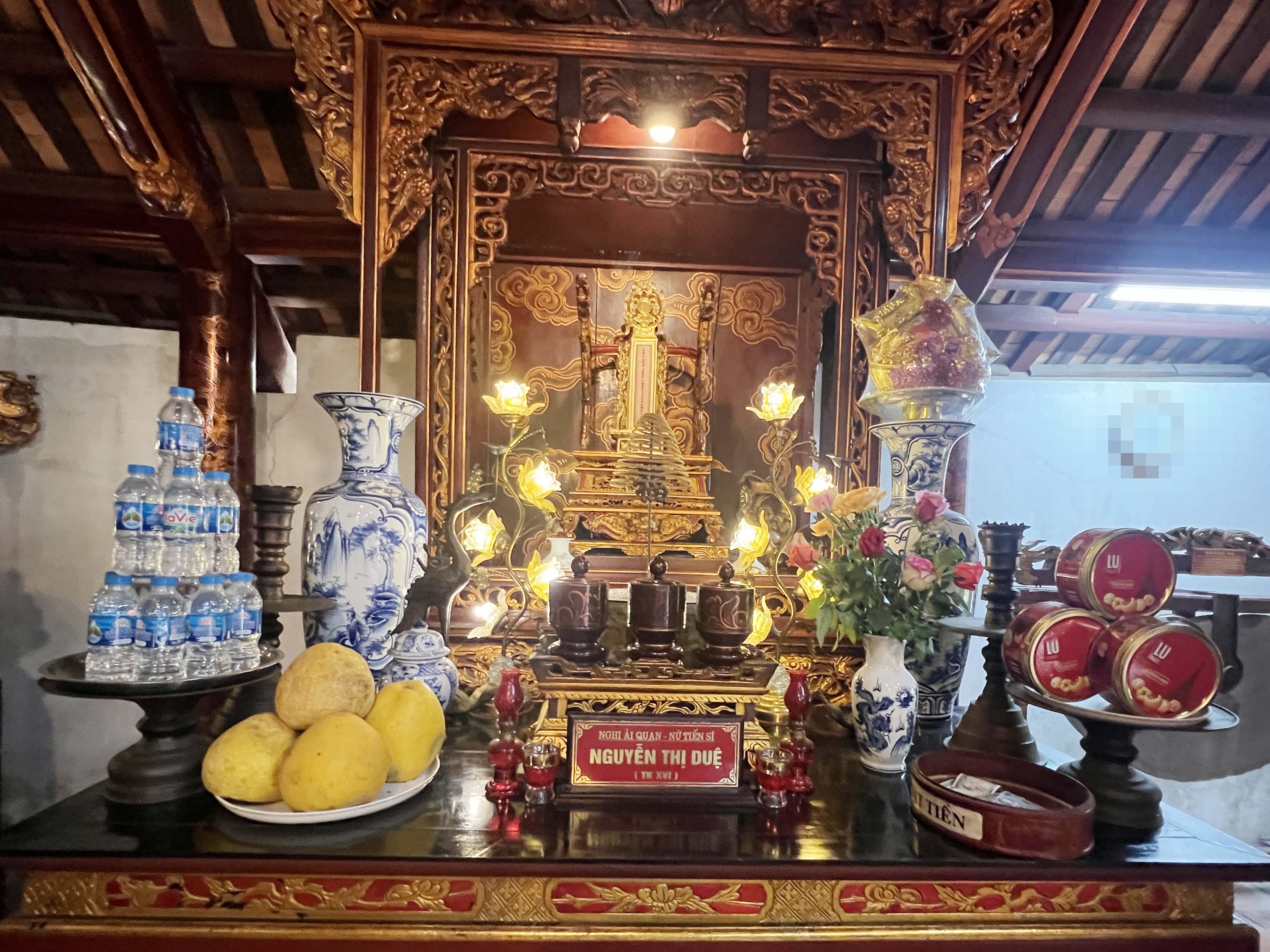 |
| Altar of Dr. Nguyen Thi Due |
More about Dr. Nguyen Thi Due. This is a very special and interesting case, she is the only female doctor to be worshiped in the Temple of Literature; also the first and only woman to pass the doctorate in the history of feudal examinations in Vietnam. Nguyen Thi Due, also known as Nguyen Thi Du, was born and raised in Kiet Dac village, Chi Linh, Hai Duong (old). Famous for her intelligence and good writing, she disguised herself as a man to take the exam and passed the doctorate under the Mac Dynasty. In addition to being worshiped at the Mao Dien Temple of Literature, she is also respected by the people who built temples in her hometown and many other places.
Mao Dien Temple of Literature is now not only a cultural tourist destination, but also a spiritual address for the people, students, and university students... On the day we visited, we saw many groups of students and teachers coming here to offer incense, pray, record video clips and take photos to remember some class event. In the doctoral stele house, looking at the heads of the stone turtles, we saw that they were all shiny, proving that countless hands had respectfully touched them...
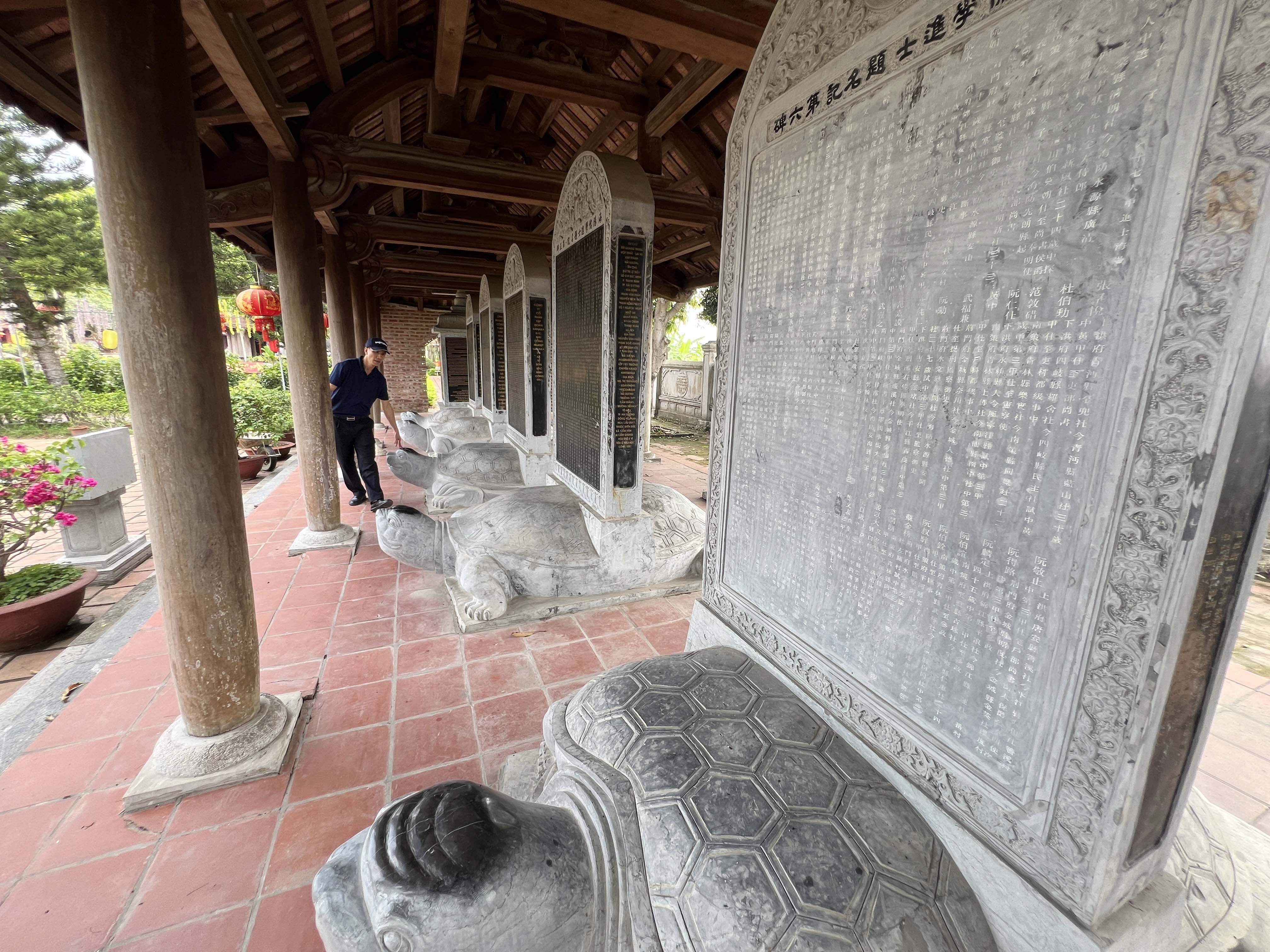 |
| Beer house |
Wandering around the relics, I suddenly remembered the Temple of Literature in Hanoi, then the Temple of Literature in Hue, and the Temple of Literature in Tran Bien (Dong Nai) - places that surprised me with their landscape and the scale of the works when I first set foot there. After looking them up, I found out that there are 9 temples of literature that exist and are respected and worshipped throughout the 3 regions of the country. Thinking about it, I felt an indescribable feeling of emotion welling up in my heart. A nation that, no matter the circumstances, always respects the written word and always respects the teachings, that nation deserves and will certainly have a bright future. I believe so!
Source: https://huengaynay.vn/du-lich/di-san-van-hoa/niem-cam-khai-khi-tham-van-mieu-mao-dien-157437.html



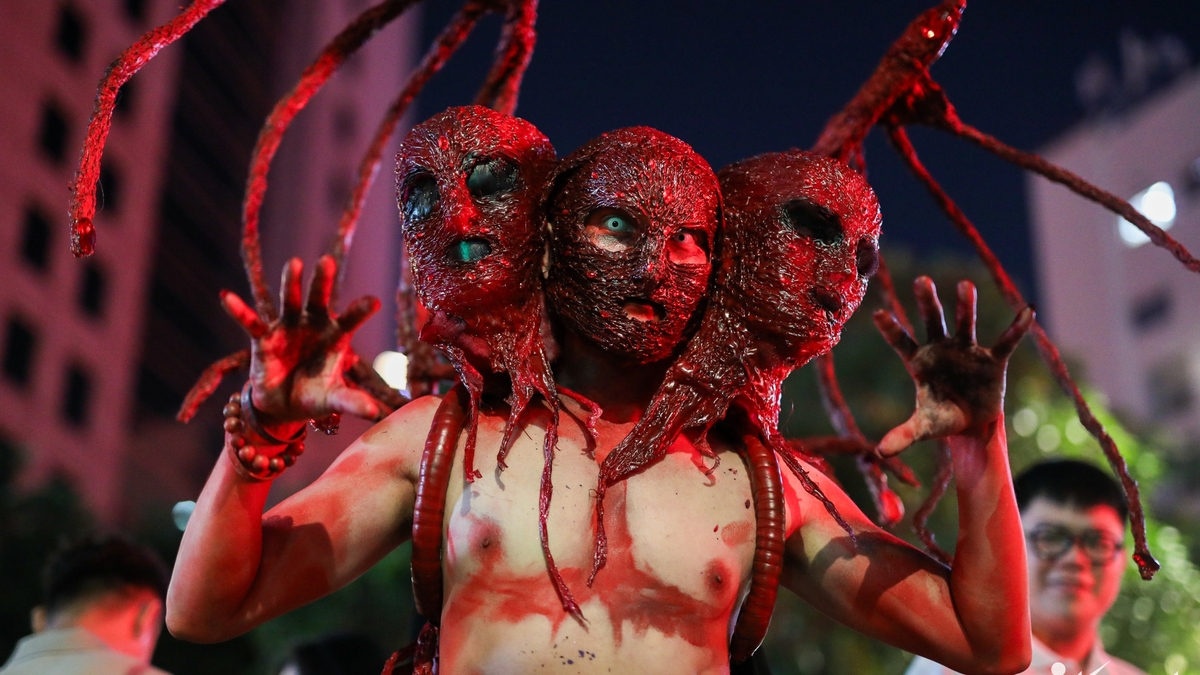



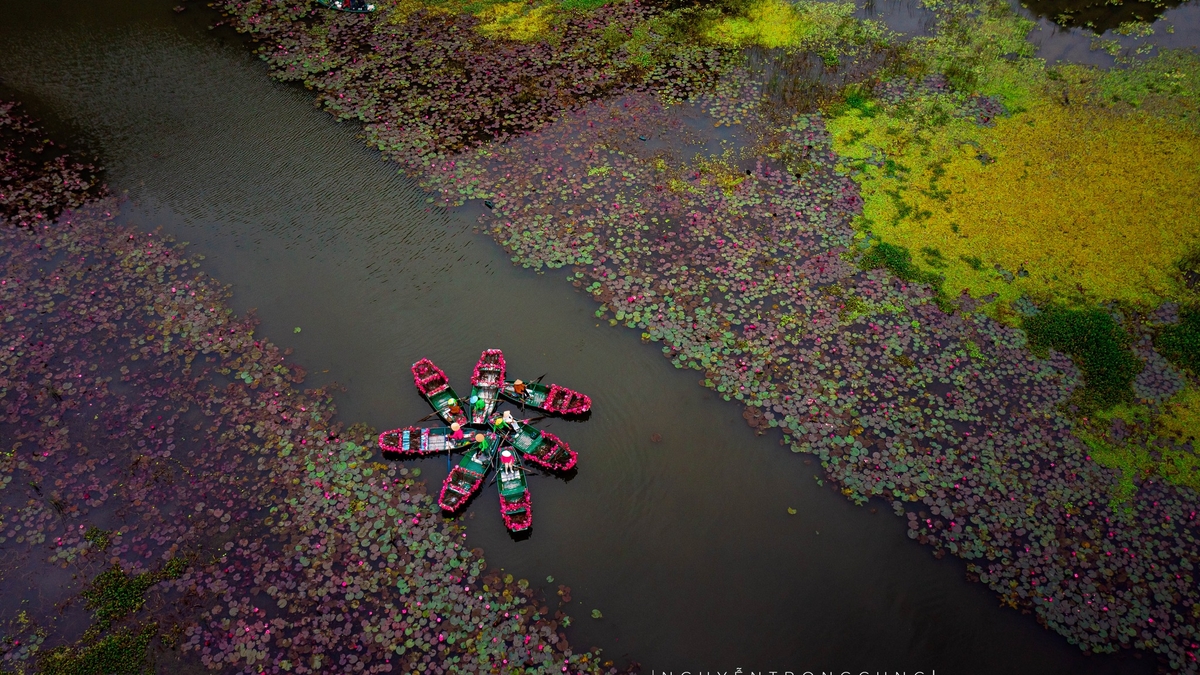
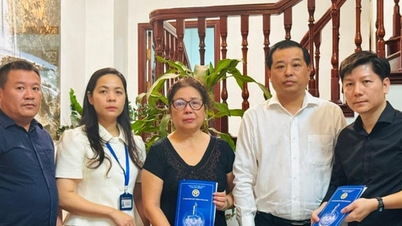

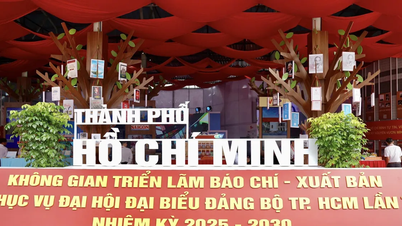

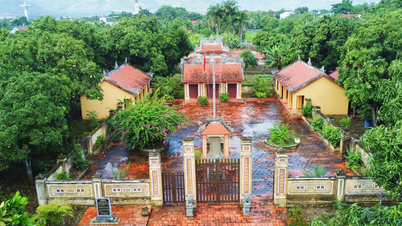

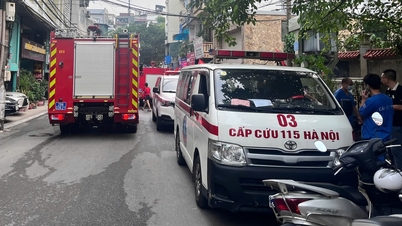

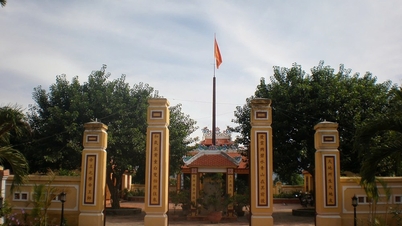






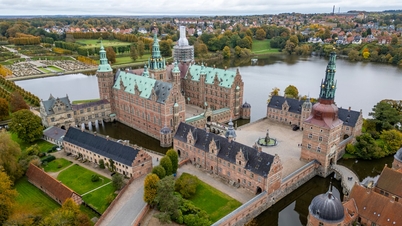

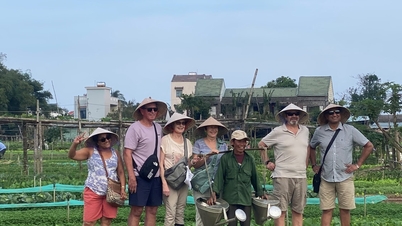








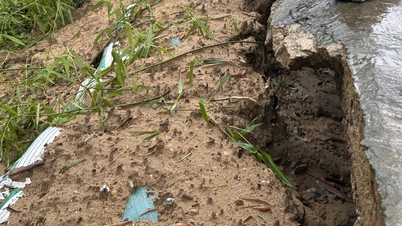
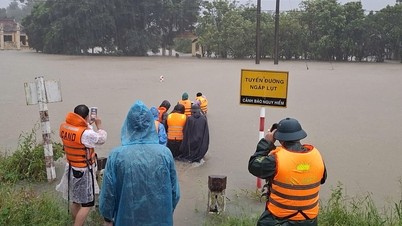



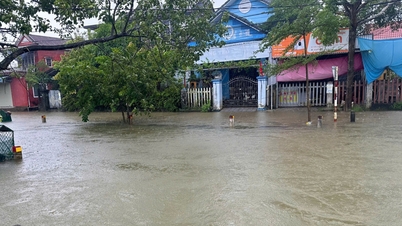
![[Photo] Nhan Dan Newspaper displays and solicits comments on the Draft Documents of the 14th National Party Congress](https://vphoto.vietnam.vn/thumb/1200x675/vietnam/resource/IMAGE/2025/10/26/1761470328996_ndo_br_bao-long-171-8916-jpg.webp)
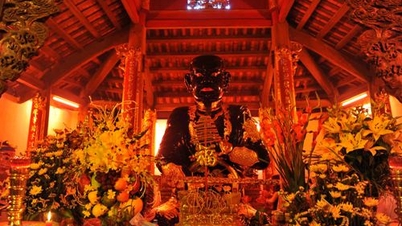

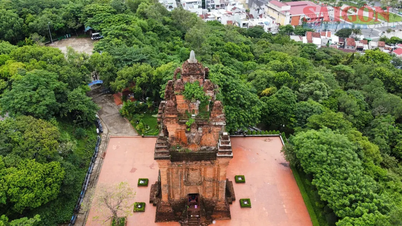




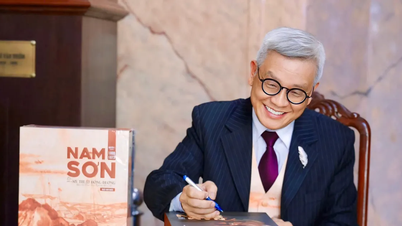
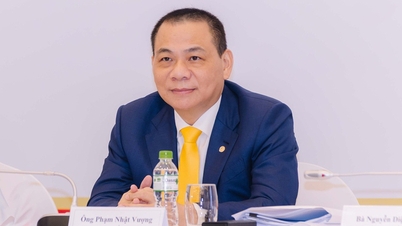


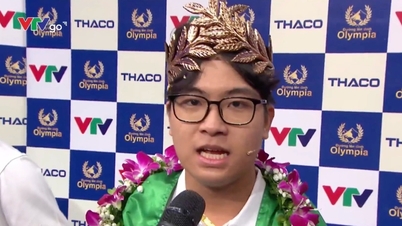

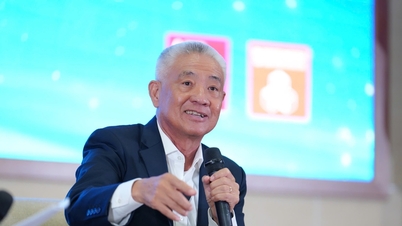
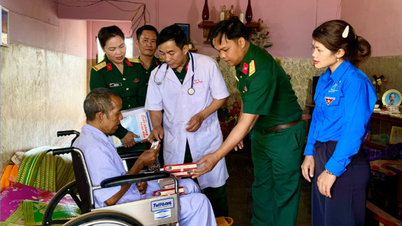



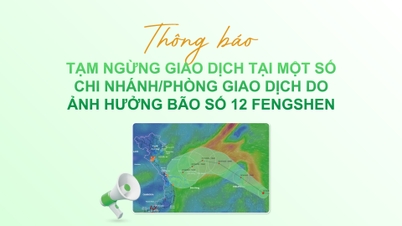















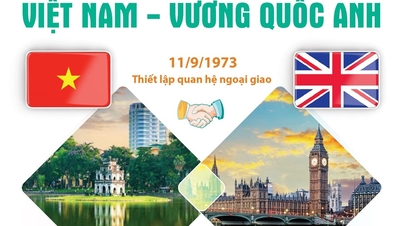



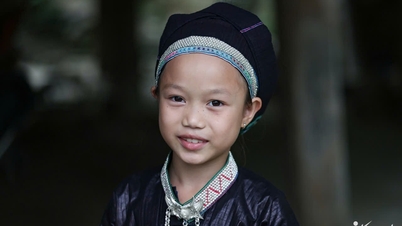

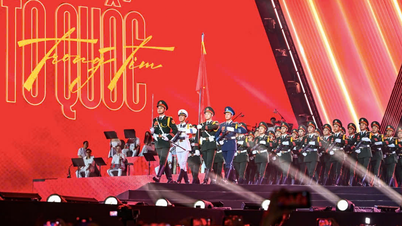

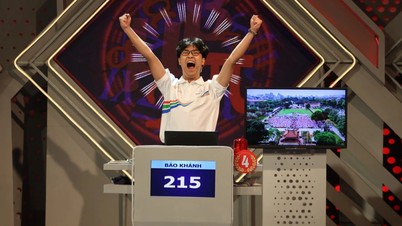
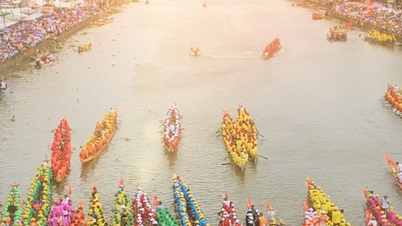

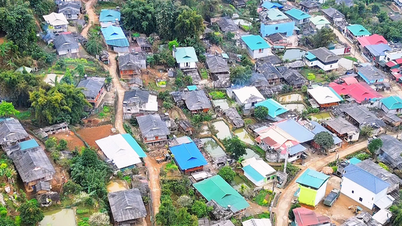
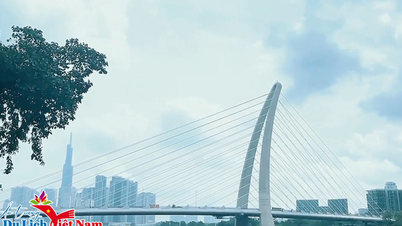
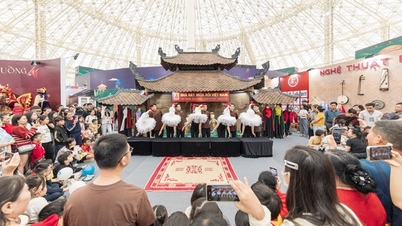
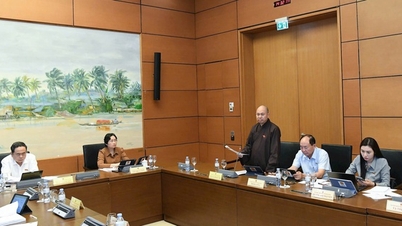
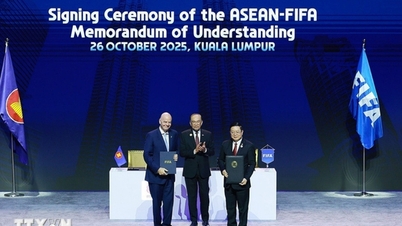
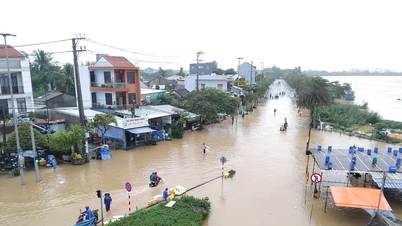
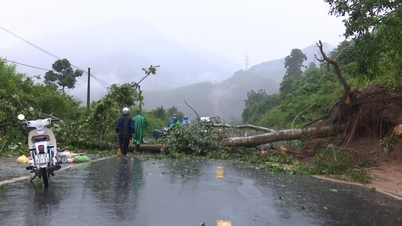
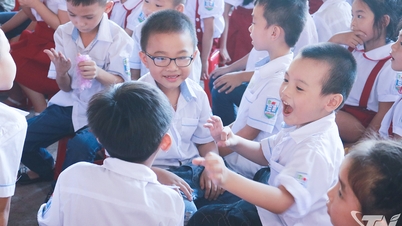

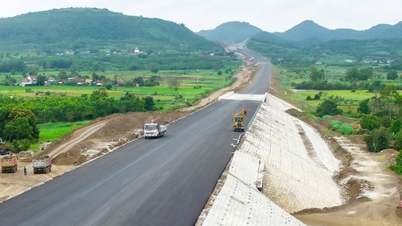
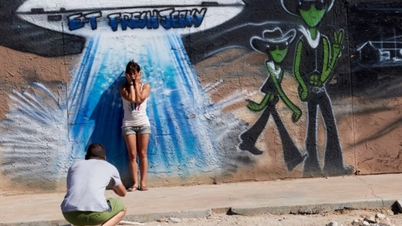
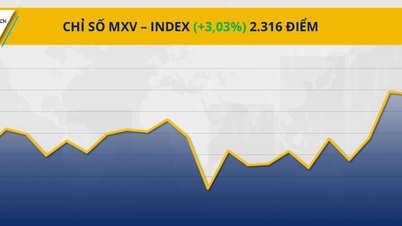










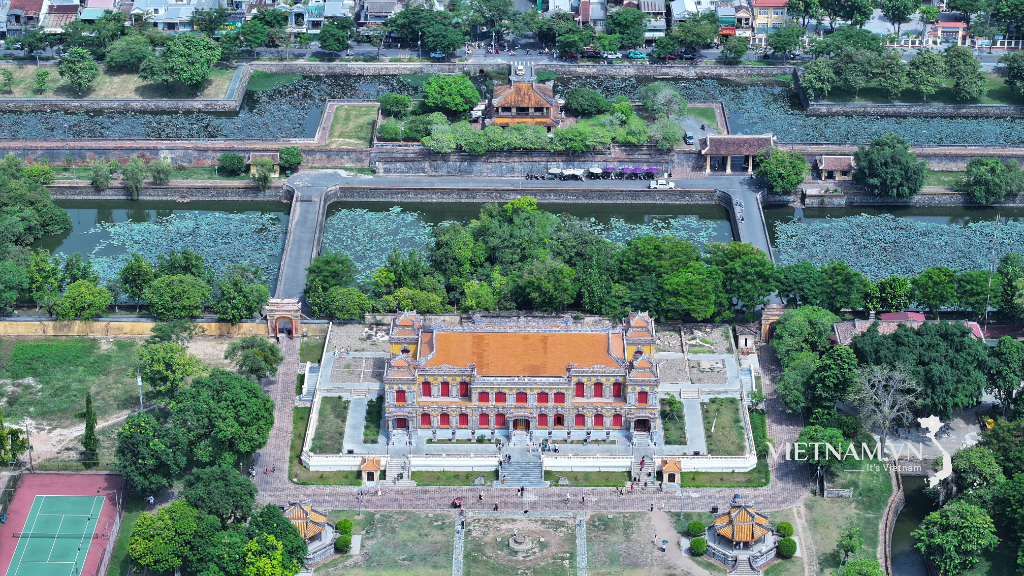

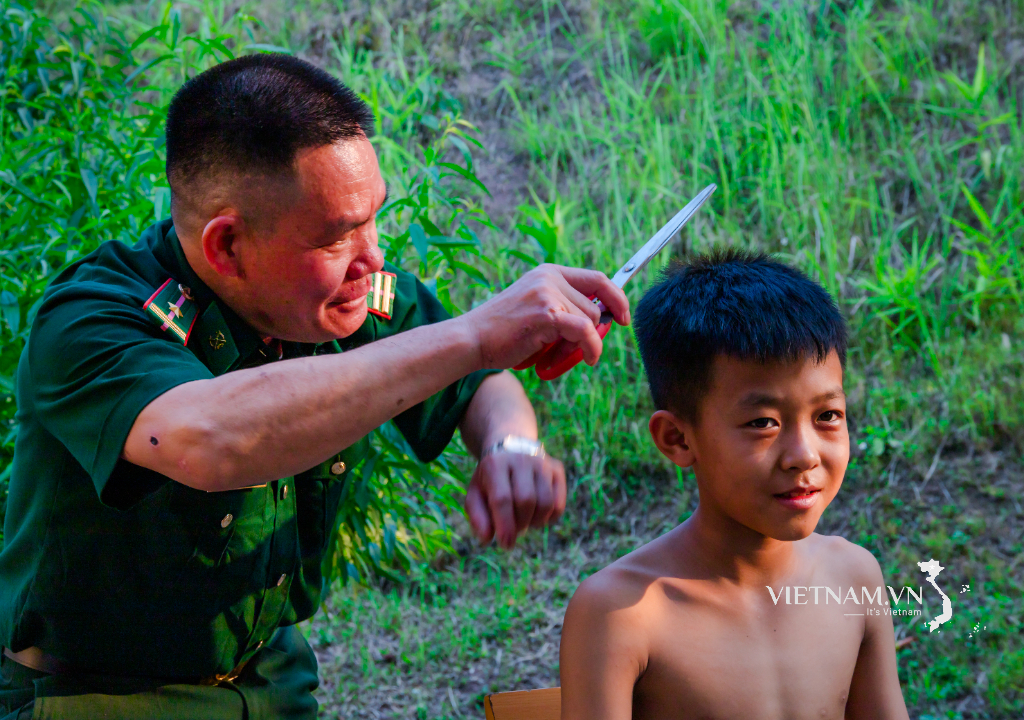
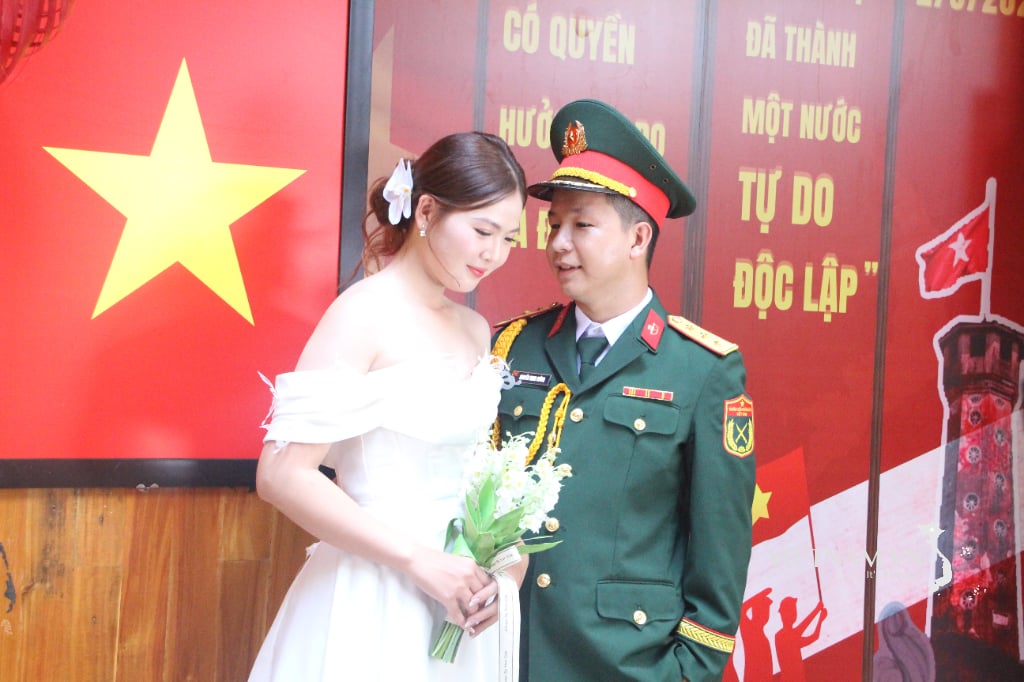
Comment (0)